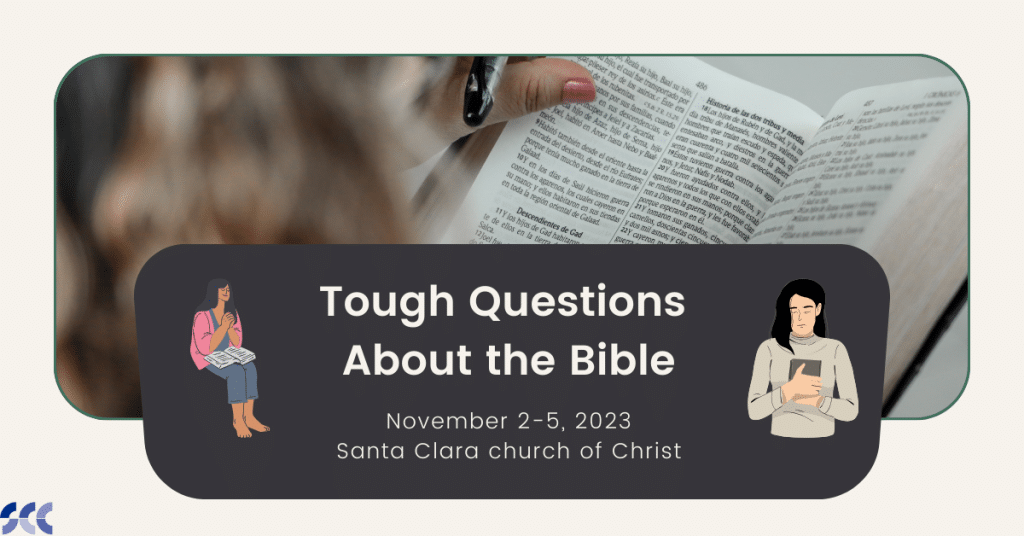How We Got The Bible

Have you ever wondered if we can trust a document that’s as old – and translated in as many languages – as the Bible?
That’s an important question, especially because so many people build their lives and worldviews around the ideas contained in the Bible.
The fact is, none of the original Biblical manuscripts are around today. What we have are copies of originals – thousands of copies stretched across dozens of countries. In fact, the Bible is one of the most universally and accurately copied documents in modern history.
But if we don’t have the originals, how can we know our translations of the Bible are accurate?
To find an answer, let’s analyze the process that the copiers of the original Biblical manuscripts used. It involved three steps:
1. Quality Control Measures
The transcribers of ancient Biblical texts were meticulous in their approach to quality control. Everything was copied by hand and checked multiple times for accuracy. Watch this video for more information about the quality control measures used by ancient copiers.
2. Keeping Documents in Repository
Original biblical texts were sent to Christians all over the world and kept in repositories so faithful, accurate copies could be made. There was no central authority that regulated the copying, which means we are able to cross-reference copies from different parts of the world with each other. When a copy from Asia minor is virtually identical to a copy found in Israel, we know we can trust the accuracy of the transcribers. Check out this video on document repositories.
3. Producing Manuscripts
First-century Christians kept documents in repositories, then used those documents to make copies – sometimes in other languages. For example, if a biblical document was written in Greek and delivered to an area where Latin was the common language, first-century Christians would use the original Greek document to create a Latin copy, and so this process was repeated all over the world until English translations became popular. Watch this video for more information about the production of manuscripts.
The Bible is one of the most faithfully and accurately copied historical documents in modern history, and by analyzing the ancient process of manuscript production we can build a valid, fact-driven trust in the Bibles we use today.
What questions do you have?
We would love to hear from you and we pray this page aids in your search for answers.
We won’t spam you or share your information.
